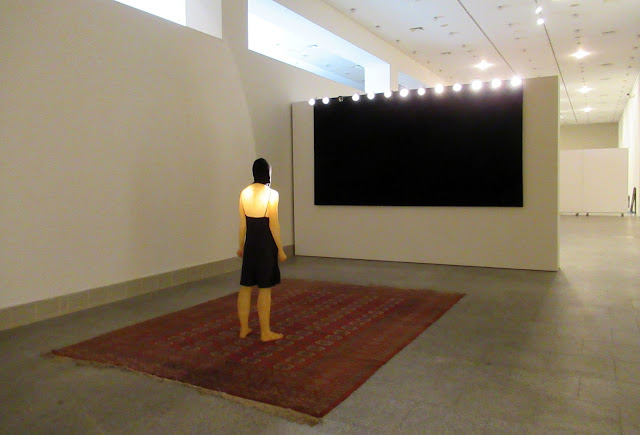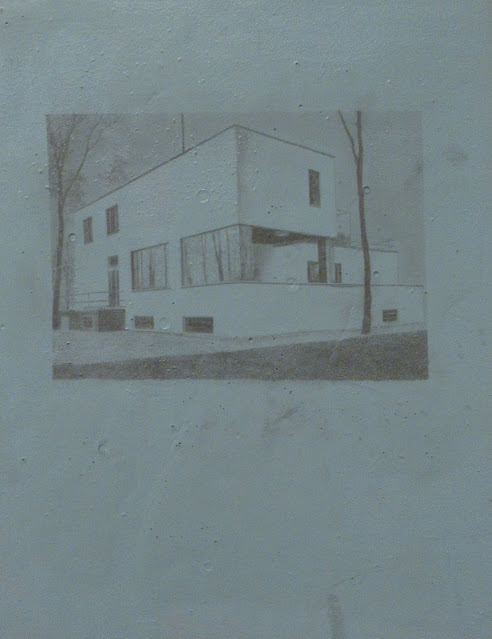at the Centro Cultural de Belem.
Sarmento has developed a multi-media visual language, combining film, video, sound, painting, sculpture and installations. His work often deals with issues of interpersonal relationships, consistently utilising themes of psychological interaction, sensuality, voyeurism and transgression.
Some critics hold the view that his work repudiates the male gaze. Alexandre Mero in Art News for instance, maintains that 'it could be said that Juliao Sarmento's major theme was desire. In his work, we are repeatedly faced with opposing points of view - subject and object, voyeurism and blindness, dreams and reality - that repudiate the male gaze by undoing the rote equivalencies between possession and existence. The Lisbon-born artist's evocations of bodies, often partially or completely erased, demonstrate mothing so much as the impossibility of reaching a final representation of anything; his unsettled forms cling to the illusion, nearly disintegrated today, of an unattainable, secret image'.
I agree that the work is about voyeurism, subject and object, about possession and the bodies he represents are indeed partially or completely erased. However, all the bodies are of women, who are always the object, often blindfolded, bound or in some other state of possession and thus having their subjectivity erased. This to me does not repudiate the male gaze, but does the opposite - reinforces it. This is misogyny masquerading as art. I found the exhibits disturbing and left the gallery feeling very uneasy.

















No comments:
Post a Comment